Velvet Moon (벨벳문)
7.8Km 2021-03-26
39, Jahamun-ro 5-gil, Jongno-gu, Seoul
+82-10-4028-9957
This coffee shop roasts coffee beans directly. This Korean dishes restaurant is located in Jongno-gu, Seoul. The most famous menu is espresso.
Doseong (도성)
7.8Km 2021-03-26
15, Jahamun-ro 7-gil, Jongno-gu, Seoul
+82-2-738-8885
Sujebi jjambbong (Korean spicy seafood noodle soup with hand-pulled dough) is also a popular menu. This restaurant's signature menu is noodles in black bean sauce. This Korean dishes restaurant is located in Jongno-gu, Seoul.
Musée du Vieux Parfum de Bukchon (북촌생활사박물관)
7.8Km 2021-03-27
90, Bukchon-ro 5na-gil, Jongno-gu, Seoul-si
+82-2-736-3957
Le Musée du quotidien de Bukchon expose des objets ayant été colléctés à Bukchon, village historique autrefois réservé à la noblesse. Pendant des centaines d’années, de vrais trésors dans chaque résidence furent légués de générations en générations mais depuis le développement rapide de la Corée, dans la seconde moitié du 20ème siècle, certains sont devenus obsolètes. Ouvert en 2003, le musée cherche à préserver des artéfacts en les présentant dans un environnement intime et accueillant où vous pouvez découvrir comment ils étaient utilisés au quotidien.
Les groupes de 10-15 personnes peuvent participer à des programmes leur permettant de fabriquer des objets traditionnels ou à des programmes pour prendre part à la réalisation de ssukgaetteok (gâteau de riz à base d’armoise).
Près du musée se trouvent de nombreuses attractions : le Village Hanok de Bukchon, le Parc Samcheong, le Musée des Hiboux, le Musée ToyKino, Musée des Bijoux du Monde, et le Musée des Palais Nationaux de Corée sans oublier les palais royaux comme celui de Gyeongbokgung.
Yeonghwiwon et Sunginwon (서울 영휘원과 숭인원)
7.8Km 2021-02-26
90, Hongneung-gil, Dongdaemun-gu, Seoul-si
+82-2-962-0556
La structure des tombes de Yeonghwiwon et de Sunginwon est simple et raffinée. Cette simplicité qui contraste avec les tombes des rois provient du fait que ces tombes n’abritent qu’un prince et une concubine. En Corée, sous la dynastie Joseon (1392-1910), la hiérarchie était très codifiée. Cette même hiérarchie se traduisait aussi à travers la structure des tombes. Celles des rois et des reines sont appellées “Neung”, elles sont plus vastes et plus fastueuses. A l’inverse, celles des princes et des concubines appellées “won” sont plus simples.Yeonghwiwon et Sunginwon abritent les corps de Sunheon (1854-1911) une concubine du roi Kojong ainsi que Ijin, un prince descendant de Kojong (1921-1923).De composition similaire mais de taille plus grande que l’entrée des tombes, apparaît en premier lieu la Porte Rouge qui délimite l’entrée d’un lieu sacré. Au delà de la porte apparaît ensuite un chemin de pierres qui mène à un sanctuaire en forme de T. C’est à ce sanctuaire en forme de T (jeongja gak) qu’on lieu les rites de vénération aux ancêtres. Les sculptures en forme d’animaux perchées sur le toit y sont remarquables. Ces sculptures ont pour but de repousser les mauvais esprits. A côté du sanctuaire a été élevée une stèle enchassée dans un pavillon, elle permet de connaître l’identité des défunts. Dérrière le sanctuaire se trouvent les tombes. Les statues qui veillent sur ces tombes sont particulièrement amusantes. L’ancien sanctuaire qui fait maintenant office de bureau de gestion du site vaut le coup d’oeil. Les structures en ont été conservés telles quelles. L’automne est la période la plus recommandée pour visiter le lieu en raison de la teinte automnale que prennent les arbres. C’est un lieu de promenade agréable pour son calme et la beauté de son chemin en pierre. Il est très fréquenté par les familles et les couples.
CAFÉ TERRACE (카페테라스)
7.8Km 2021-03-26
102-2, Samcheong-ro, Jongno-gu, Seoul
+82-2-723-8250
It is a café that serves delicious waffles. This cafe is located in Jongno-gu, Seoul. The representative menu is waffle.
Hyehwa1938 [Korea Quality] / 혜화1938 [한국관광 품질인증]
7.8Km 2023-04-13
7, Sungkyunkwan-ro 16-gil, Jongno-gu, Seoul
+82-10-7107-1752
Located in (no suggestions)-dong of Seoul, Hyehwa 1938 is a lodging facility which is based on the remodeling of an 80-year- old traditional Korean house. A traditional Korean house expert initially wanted to use it as an office but later decided to turn it into a guest house due to its large size. As a result, the unique beauty of traditional Korean house was revived while improving practicality. The Woojeong room and Sarang room are now resized to accommodate max 8 persons which used to be only max 4 in the past. Despite the remodeling, the aura and atmosphere of the traditional Korean house is well preserved. Inside the room, you can see that the chandelier of the rich house in the '30s are accompanied by modern furniture and electronics which maintain unique harmony. Open the windows to see sansuyu and maehwa along with other various seasonal trees with beautiful colors and also the space such as edges and sewers are well arranged to avoid any discomforts with your eyesight. The heart of architecture offers only two rooms for guests, and you are all welcome to enjoy the true beauty of Korea.
Seochon Guest House [Korea Quality] / 서촌 게스트하우스 [한국관광 품질인증]
7.8Km 2023-04-07
28-3, Jahamun-ro 7-gil, Jongno-gu, Seoul
+82-010-3345-9680
Seochon Guest House is located in Seochon, which is becoming a hot place for tourists in Seoul, and precisely on the road to Suseong Valley, whichis filled with interesting stores and is also well-known for Park Nosoo Art Gallery and the House of Yun Dong-ju (poet). Seochon Guest House is nicknamed ‘Jaeminangol (interesting village)’ after Baekseok’s poem ‘Yeowunangol’, with the aim of providing a visit full of interesting experiences. Passing through a garden and entering the main building, the unique charm of this hanok building, the staircase to get to the first floor from daecheong (main floored room), catches the eye of the visitors. In addition, the building is decorated with various stylish objects including paintings and Korean musical instruments. The terrace situated on the first floor offers an open view of the surrounding area including roof tiles of hanok structures and alleyways in Seochon. It is said that Korean novelist Yoon Hu-myeong also appreciated the structure of the guesthouse, saying, “It is an interesting place.” Built in the 1930s, the house, which has many storage places, was taken by the owner couple in spring 2014 as they were attracted by the house during their trip to Seochon. After the repair work, the ground floor of the house was opened for guests from January 2016, hoping that guests could share their daily experiences and stories with each other. The guestrooms and the main floored room on the ground floor are open to guests, with the exception of the first floor, which is used by the owner couple. The living room is equipped with books, a curved TV, and a table. The tasty meal, which is served in the kitchen, consists of rice and soup with six side dishes and is much loved by guests. The guesthouse offers a total of four rooms – Jae Room, which is the most Korean-style room; Mi Room, which has a combined style of a Korean-style room and Western-style room; Nan Room, which is an ideal room for meditation with a beautiful paper window; and Ahn Room, which is equipped with a veranda and a pretty flowerbed. Every room has its separate charm with various comfortable bedding to provide a quiet and cozy bedroom for guests in the middle of the city. Furthermore, the guesthouse holds a pansori (epic chant) performance twice a year. The owner started learning how to sing pansori to promote the Korean culture and tradition to foreigners. When a pansori performance is held, the owner offers traditional Korean snacks and drinks including sikhye (sweet rice punch), sujeonggwa (cinnamon punch), traditional sweets and cookies, and tteok (rice cakes) to visitors, tourists, and performers. Moreover, it provides cultural programs such as a Gukak (Korean classical music) experience, Korean traditional clothes experience, and making Korean food experience, as well as other activities with guests, such as trip to the city wall between Inwangsan Mountain and Bugaksan Mountain, and the Royal Palace Tour to Gyeongbokgung Palace, etc., as well as a trip to a traditional market.
Samcheongdong Sujebi (삼청동수제비)
7.8Km 2019-06-13
101-1, Samcheong-ro, Jongno-gu, Seoul
+82-2-735-2965
Get off the subway at Gyeongbokgung Station (Subway Line 3), follow the wall of the Gyeongbokgung Palace and you'll find yourself facing a street with majestic trees whose foliage changes every season. This street leads directly to Samcheong-dong. As you enter Samcheong-dong and walk towards the Samchong-dong Tunnel, you'll come across Samcheongdong Sujebi, located right next to the Prime Minister Legation.
Samcheongdong Sujebi became a hit among Japanese tourists, after being featured in a popular Japanese magazine. The main dish here is, of course, sujebi (a traditional Korean soup consisting of chunks of dough and various vegetables). It comes in a pot full of sliced pumpkin, clams, and potatoes. This delicious soup is so tasty that there's almost always people lined up outside the restaurant. Other popular items include dongdongju (traditional Korean liquor) and gamjajeon (a Korean potato pancake that uses only potato starch and no other ingredients).
Parc Nakseongdae (낙성대공원)
7.8Km 2021-07-16
77 Nakseong-daero Gwanak-gu Seoul
+82-2-879-6525
Le parc est le lieu de naissance sanctuarisé du général Gang Gamchan de l'époque de Goryeo. Aménagé en 1973, la parc est maintenu jusqu'à maintenant.
Au premier étage de la tour Nakseongdae de 3 étages, il y est gravé "Gang Gamchan Nakseongdae". C'est pour cette raison que la tour est nommé la Tour Gang Gamchan ou bien la tour Nakseongdae Gang Gamchan.
Elle a été fabriqué pendant l'époque de Goryeo en granit et mesure 4.48m de haut.
Daesungjip (대성집)
7.8Km 2021-03-27
5, Sajik-ro, Jongno-gu, Seoul
+82-2-735-4259
Daejungjip has specialized in Dogani tang (ox knee joint soup) for 60 years. Customers can feel a simple and familiar ambience at the restaurant.
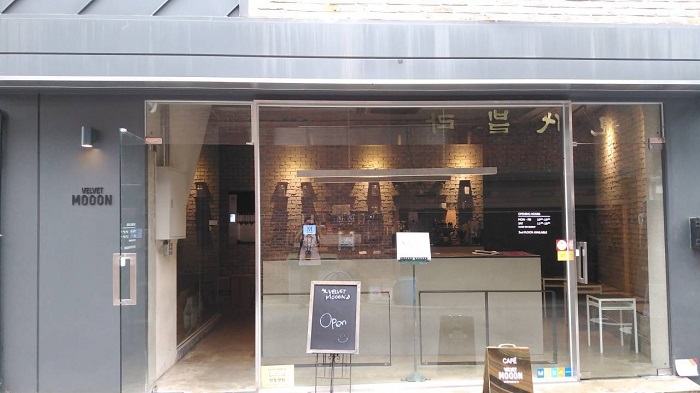
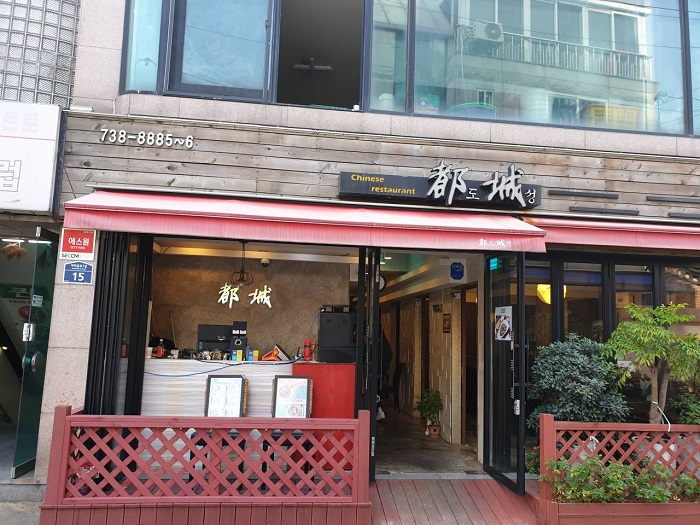
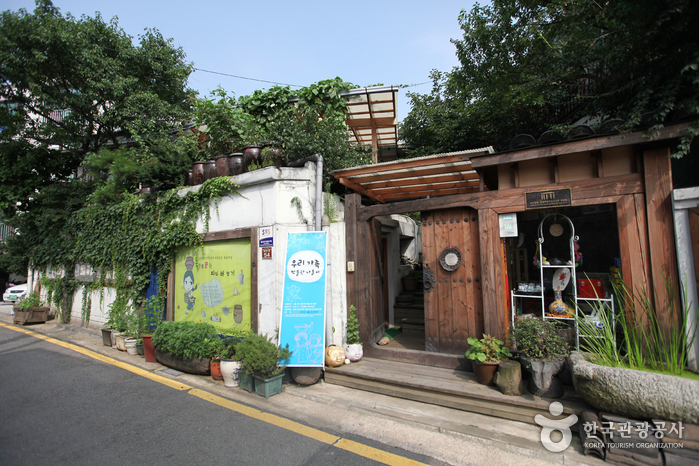
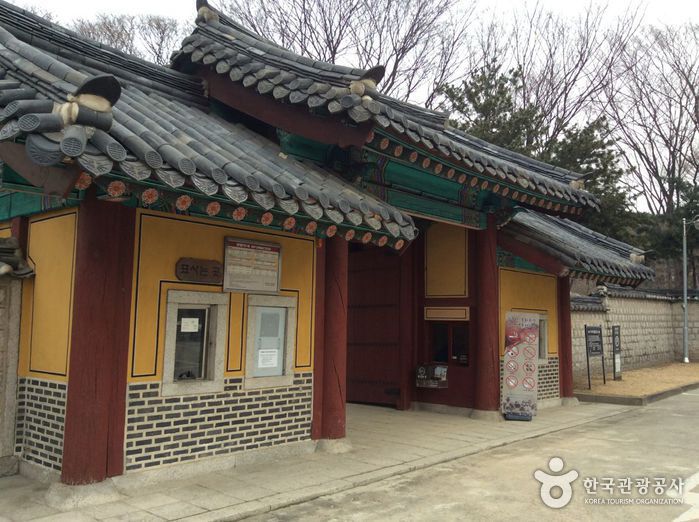
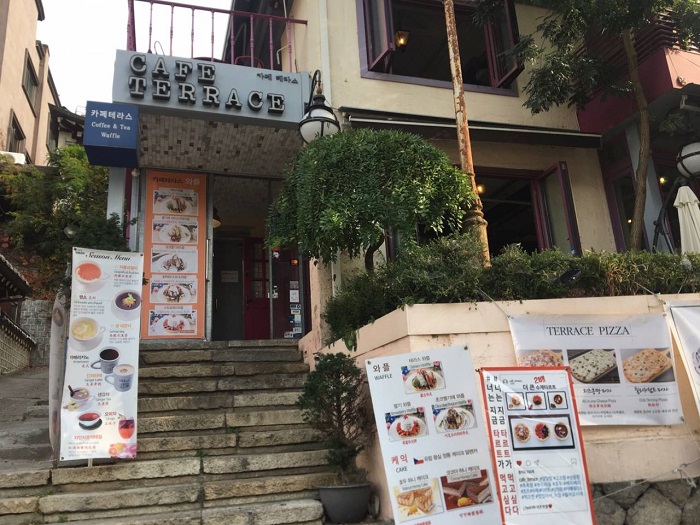
![Hyehwa1938 [Korea Quality] / 혜화1938 [한국관광 품질인증]](http://tong.visitkorea.or.kr/cms/resource/52/2529152_image2_1.jpg)
![Seochon Guest House [Korea Quality] / 서촌 게스트하우스 [한국관광 품질인증]](http://tong.visitkorea.or.kr/cms/resource/41/2447241_image2_1.jpg)
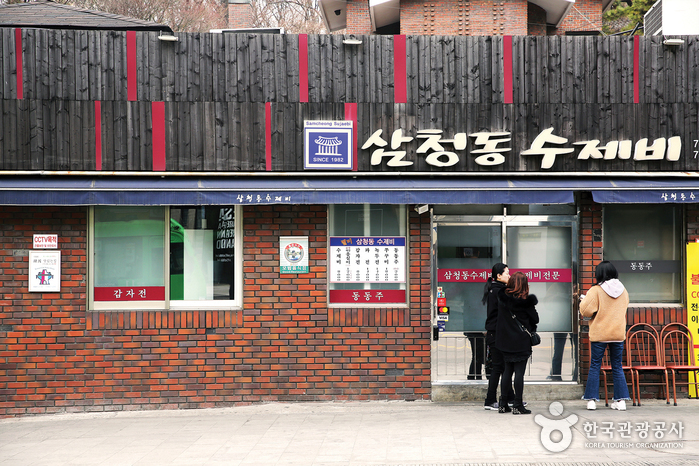
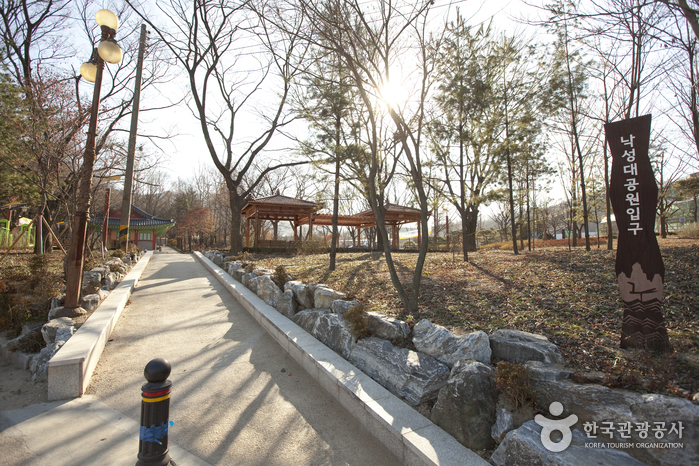
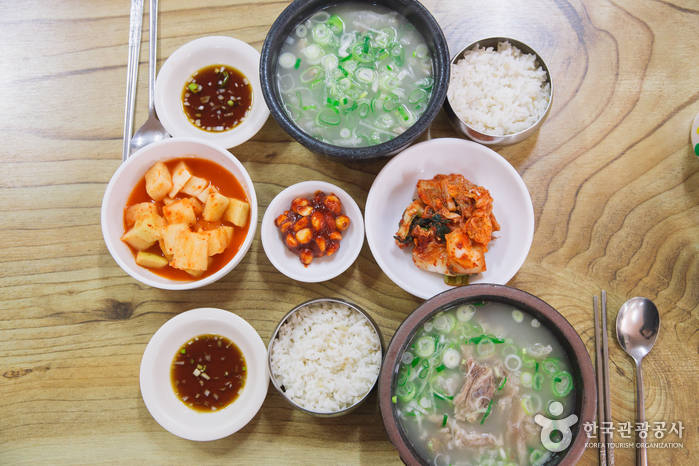
 Français
Français
 한국어
한국어 English
English 日本語
日本語 中文(简体)
中文(简体) Deutsch
Deutsch Español
Español Русский
Русский